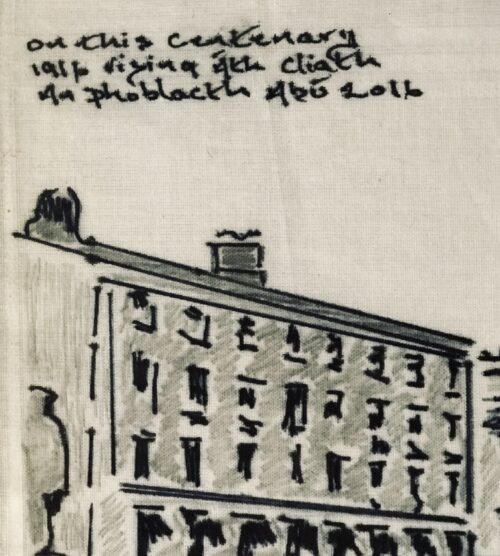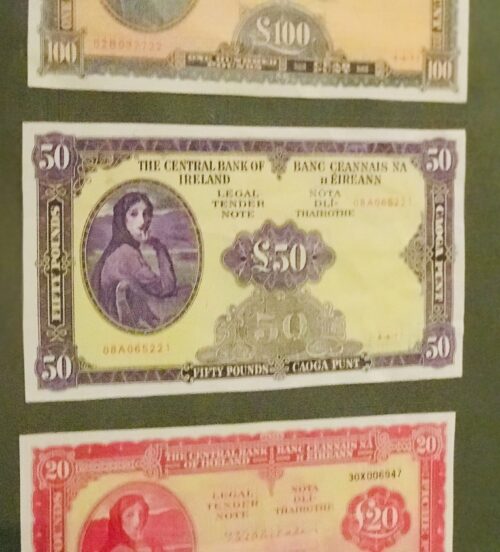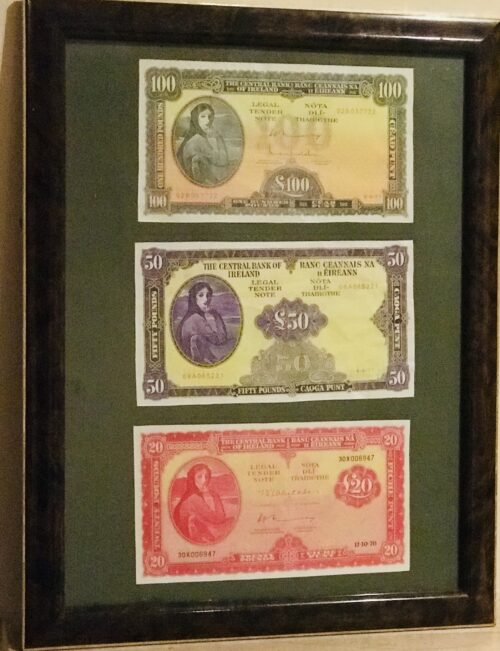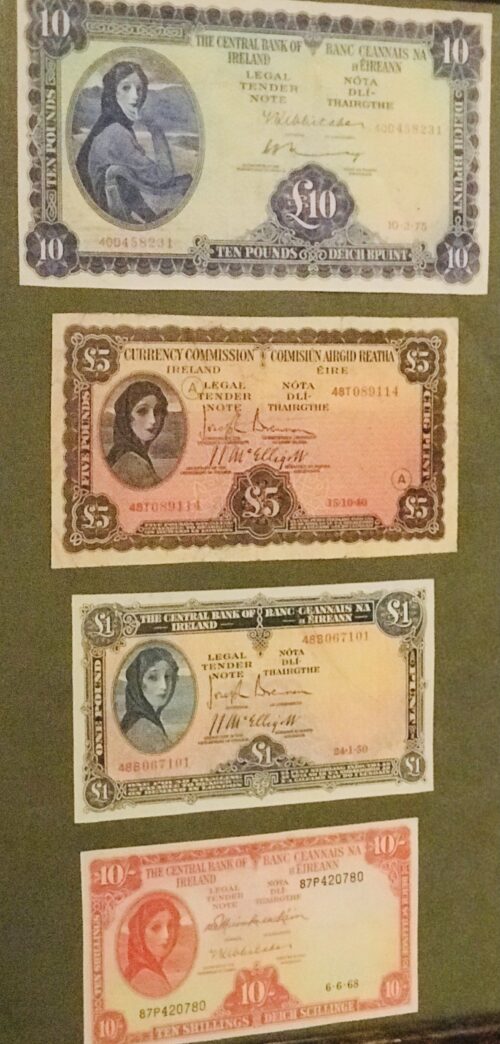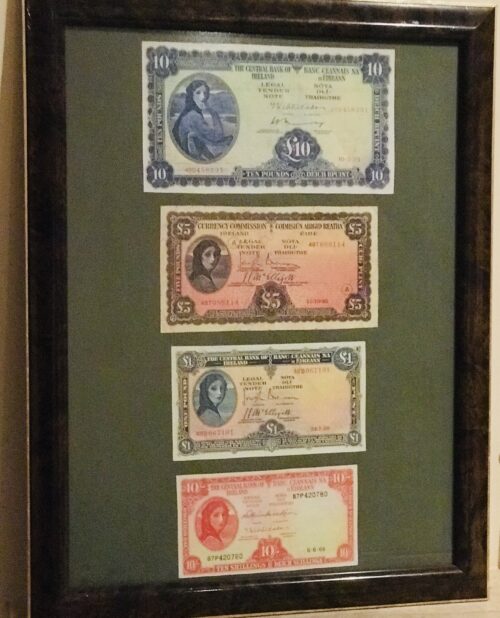The Irish Hospitals Sweepstake was established because there was a need for investment in hospitals and medical services and the public finances were unable to meet this expense at the time. As the people of Ireland were unable to raise sufficient funds, because of the low population, a significant amount of the funds were raised in the United Kingdom and United States, often among the emigrant Irish. Potentially winning tickets were drawn from rotating drums, usually by nurses in uniform. Each such ticket was assigned to a horse expected to run in one of several horse races, including the Cambridgeshire Handicap, Derby and Grand National. Tickets that drew the favourite horses thus stood a higher likelihood of winning and a series of winning horses had to be chosen on the accumulator system, allowing for enormous prizes.
The original sweepstake draws were held at The Mansion House, Dublin on 19 May 1939 under the supervision of the Chief Commissioner of Police, and were moved to the more permanent fixture at the Royal Dublin Society (RDS) in Ballsbridge later in 1940.
The Adelaide Hospital in Dublin was the only hospital at the time not to accept money from the Hospitals Trust, as the governors disapproved of sweepstakes.
From the 1960s onwards, revenues declined. The offices were moved to Lotamore House in Cork. Although giving the appearance of a public charitable lottery, with nurses featured prominently in the advertising and drawings, the Sweepstake was in fact a private for-profit lottery company, and the owners were paid substantial dividends from the profits. Fortune Magazine described it as "a private company run for profit and its handful of stockholders have used their earnings from the sweepstakes to build a group of industrial enterprises that loom quite large in the modest Irish economy. Waterford Glass, Irish Glass Bottle Company and many other new Irish companies were financed by money from this enterprise and up to 5,000 people were given jobs."By his death in 1966, Joe McGrath had interests in the racing industry, and held the Renault dealership for Ireland besides large financial and property assets. He was known throughout Ireland for his tough business attitude but also by his generous spirit. At that time, Ireland was still one of the poorer countries in Europe; he believed in investment in Ireland. His home, Cabinteely House, was donated to the state in 1986. The house and the surrounding park are now in the ownership of Dún Laoghaire–Rathdown County Council who have invested in restoring and maintaining the house and grounds as a public park.
In 1986, the Irish government created a new public lottery, and the company failed to secure the new contract to manage it. The final sweepstake was held in January 1986 and the company was unsuccessful for a licence bid for the Irish National Lottery, which was won by An Post later that year. The company went into voluntary liquidation in March 1987. The majority of workers did not have a pension scheme but the sweepstake had fed many families during lean times and was regarded as a safe job.The Public Hospitals (Amendment) Act, 1990 was enacted for the orderly winding up of the scheme,which had by then almost £500,000 in unclaimed prizes and accrued interest.
A collection of advertising material relating to the Irish Hospitals' Sweepstakes is among the Special Collections of National Irish Visual Arts Library.




